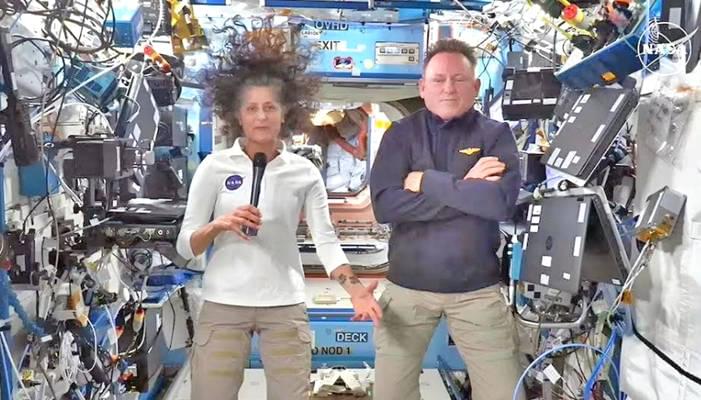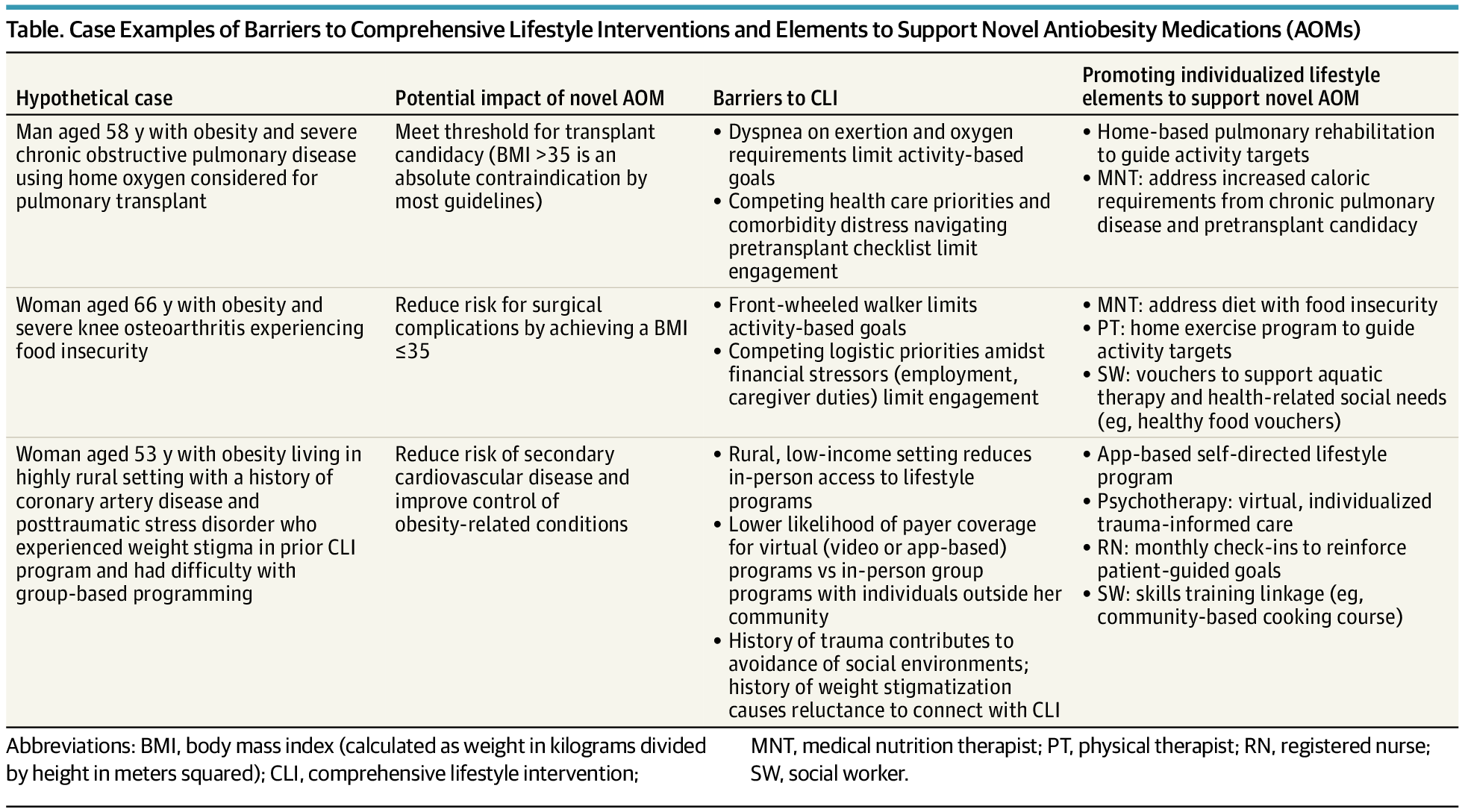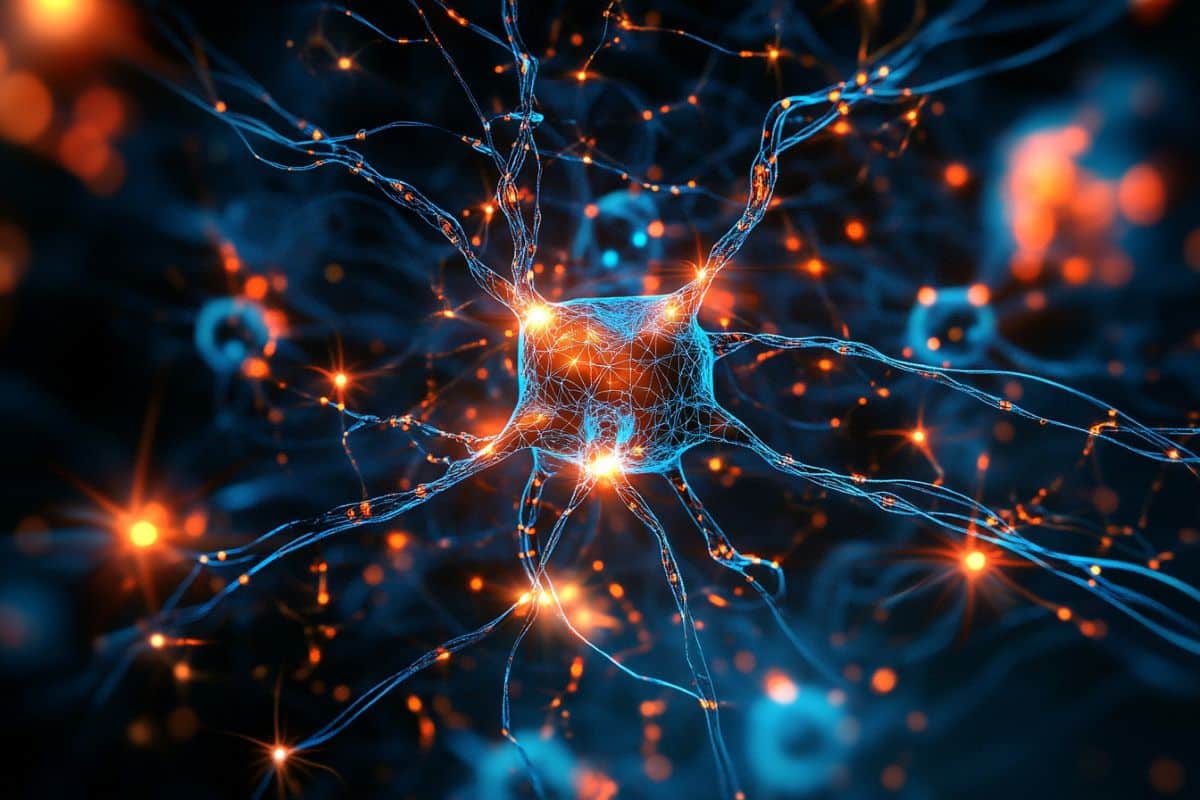Mohammad HaniefNASA astronauts Butch Wilmore and Sunita Williams safely returned to Earth on March 19 after spending over nine months in space due to delays in the Boeing Starliner Crew Flight Test (CFT) mission. Their SpaceX Crew Dragon capsule, Fre








